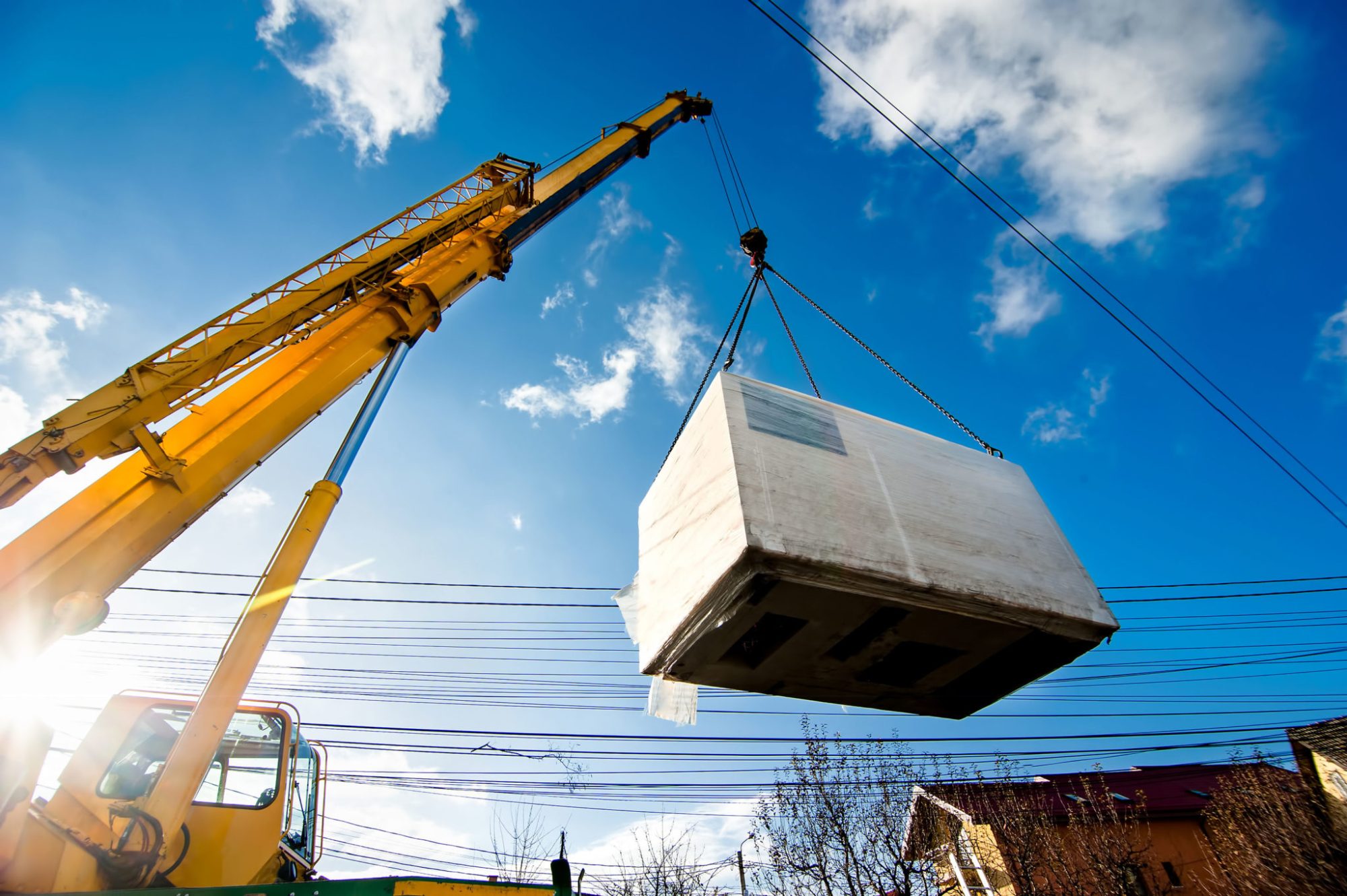2021 International Codes and 2020 National Electrical Code
The International Code Council has published the new 2021 editions of all of the International codes. The latest version of the National Electric Code was released last year in 2020. Adoption by authorities having jurisdiction will vary, but codes are always advancing to improve the safety of the public, to reduce energy consumption, and to mitigate harmful climate impacts. We wanted to call attention to some of the more significant changes that may affect building design and construction as these latest versions of the codes are adopted.
As we have seen over the past several International Code updates, the International Energy Conservation Code has the most significant changes. As is now typical for IECC updates, there are numerous changes to make energy performance requirements more stringent, and some of these will have impacts on construction costs.
Changes noted below highlight the differences between the 2018 and 2021 International codes. Jurisdictions previously utilizing the 2015 codes may see more significant changes.
International Building Code (IBC):
- New requirements, as well as new construction type designations (Type IV-A, -B, -C, and -HT) for construction and fire protection of mass timber buildings.
- Refer to Chapter 6 for more detailed information.
- Refer to Chapter 7 for fire protection requirements.
- Special inspection requirements are noted in chapter 17.
- Light-transmitting plastic glazing must also meet the requirements of Chapter 26, Plastic. (Clarification)
- Updates to door opening forces and egress requirements from equipment (electrical and refrigeration machinery) rooms. See Chapter 10.
- Added requirements, based on occupancy load and type, for power-operated doors. See section 1105.1.1.
- Added requirements for “Enhanced Classroom Acoustics” to classrooms in Group E occupancies with a volume of 20,000 cubic feet or less for most standard classrooms. (Section 1207, which refers to ICC A117.1)
- Reverberation time component. (ICC A117.1, Section 808.2)
- Ambient noise requirement. (ICC A117.1, Section 808.3)
- Updates to vapor retarder requirements. See Section 1404.3.
- Increase to structural rain load calculation requirements. See Section 1611.1.
- Updates to plumbing fixture calculations to address the use of all-gender restrooms and restrooms with private water closets and lavatory facilities shared by all. See sections 2902.1 and 2902.2
- Sections 3313 and 3314 provide more specific requirements for fire protection and/or fire watch during construction.
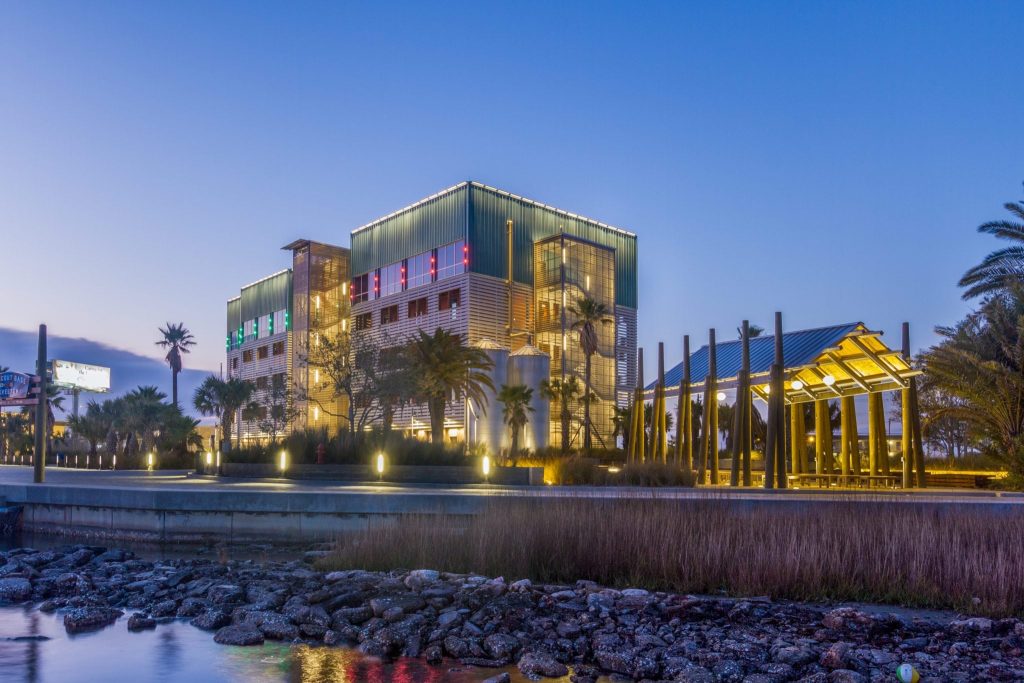
International Energy Conservation Code (IECC):
- Climate zones 1A and 2A each extend farther north in Texas.
- Added a requirement for Thermal Envelope Certificate. See section C401.3.
- Increases to required insulation values and calculation methods of opaque building envelope elements. See C402.1.3 and C402.1.4.
- More stringent U-factor and solar heat gain coefficients (SHGC) for glazing in most climate zones. See C402.4.
- Building envelope performance verification requires inspection and commissioning report for air leakage. See sections C402.5.1.5, C402.5.2, and C402.5.3.
- Interlock of operable openings larger than 40 sf with HVAC controls to force setback of temperature control setpoints. See sections C402.5.11 and C403.14.
- Revised minimum equipment efficiencies for all types of HVAC equipment. See Tables C403.3.2(1) through C403.3.2(16).
- Part load equipment efficiency requirements will be more stringent starting 1/1/2023, including the new testing metric, SEER2. See section C403.3.
- The new exception for economizers which allows VRF systems installed with a dedicated outdoor air system to no longer require economizers. See section C403.5.
- Demand Controlled Ventilation (DCV) requirements have been modified as follows (section C403.7.1):
- DCV is now required for spaces at or above 15 ppl/1,000 sf, reduced from 25/100 people/1,000 sf. This increases the number of rooms which will require CO2 monitoring.
- DCV exceptions have been modified. Previously any system with a total ventilation of less than 1,200 cfm could be exempt from requiring DCV. It is now stated that only multiple-zone systems with a design outdoor airflow rate of less than 750 cfm are exempt.
- An exception was added for the following occupancy classifications: correctional cells, education laboratories, barber, beauty and nail salons, and bowling alley seating areas.
- Enclosed parking garage ventilation systems exception was modified to only exempt systems with a total exhaust capacity less than 8,000 cfm in lieu of the previous 22,500 cfm. See section C403.7.2.
- Outdoor air energy recovery systems are now required for all non-transient dwelling units. See section C403.7.4.1.
- More systems will now require energy recovery. See table which defines this requirement based on climate zone, percent outdoor air, and overall supply air, Tables C403.7.4.2(1) and (2)
- Large diameter ceiling fans are now required to be tested and labeled in accordance with AMCA 230. See section C403.9.
- Increased efficiency requirements for commercial refrigerators and freezers. See Section C403.11.
- Minimum thermal efficiency for (high input) gas-fired water heating equipment (1,000,000 BTU/h input rating or greater) installed in new buildings has increased from 90 to 92 percent (C404.2.1).
- Parking garage lighting control: Garages are required to include occupant-sensing controls to reduce lighting output. See section C405.2.8.
- Reductions to lighting power density allowances in most space types. See tables C405.3.2(1) and (2)
- Automatic Receptacle Control (Section C405.11):
- Plug-load-control has been added to the IECC, similar to ASHRAE 90.1 requirements for enclosed offices, conference rooms, copy/print rooms, breakrooms, classrooms, individual workstations including those part of modular partitions and office workstations.
- At least 50% of the 120v receptacles within the spaces listed above.
- Energy Monitoring (New section, new code requirement): Requires monitoring of energy use, by end-use, in buildings of 25,000 sf or more. See Section C405.12
- New buildings must now achieve a minimum of 10 additional energy efficiency credits in lieu of choosing a single Additional Efficiency Package Option as required by the 2018 edition. See section C406.1.
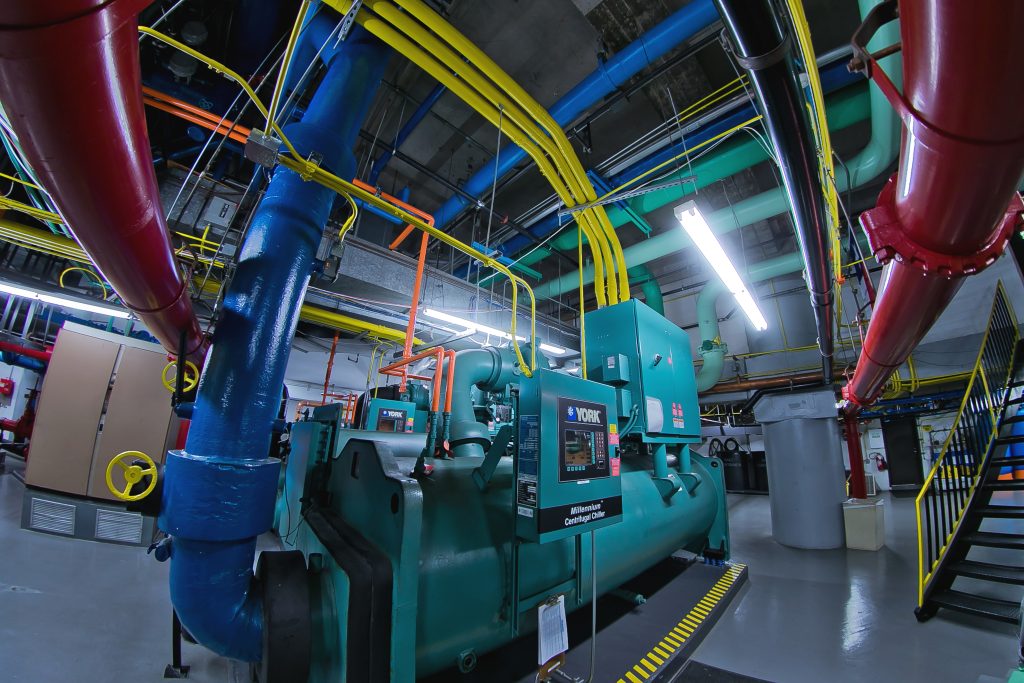
International Mechanical Code (IMC):
- Clarification to minimum ventilation rates in spaces requiring or utilizing demand-controlled ventilation. See section 403.3.1.3.
- Ventilation reduction for dwelling units: This can be lowered by 30% if you duct outdoor air to individual rooms within the dwelling unit. See section 403.3.2.1.
- Significant updates to Chapter 11 on refrigeration piping and refrigeration machinery rooms.
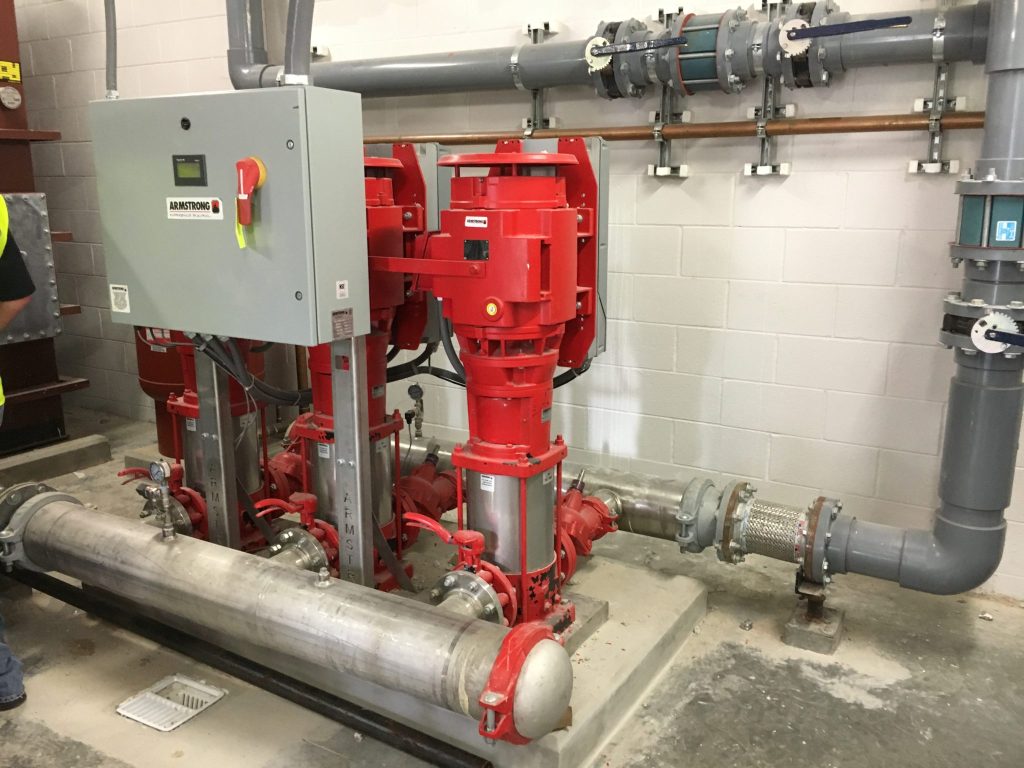
International Plumbing Code (IPC):
- The termination point of concealed condensate piping must now be marked to indicate whether it is “primary” or “secondary” piping. See section 314.1.1.
- Mop sinks, utility sinks, and laundry sinks are specifically recognized as acceptable indirect waste receptors for condensate disposal. See section 314.2.1.1.
- Updates to fixture calculations consistent with IBC. See section 403.1.
- In a non-dwelling unit, multiple tenant buildings, a main water shutoff valve is required to be provided for each tenant. See section 606.1.
- Regarding backflow preventers that have relief ports (note that not all backflow preventer designs have relief ports), the verbiage for accommodating such indoor drainage has been bolstered with the addition of: The indirect waste receptor and drainage piping shall be sized to drain the maximum discharge flow rate from the relief port as published by the backflow preventer manufacturer. Note that discharge to the outdoors is still allowed and is normally the recommended design approach. See section 608.15.2.1.
- Under “Health Care Plumbing” tracer wire is now required to be installed adjacent to underground non-metallic piping serving as a water service for a hospital. See section 609.2.1.
- A new section has been added to address “in-place” waste pipe restoration. Note that this technology has been available for some time. Often it consists of an epoxy-based agent that is applied in one of several methods to the interior of the piping to be restored. See Section 717.
- There is an additional roof drain sizing requirement that must be met: The intended flow rate that a roof drain will “see” must be checked against the manufacturer’s published flow rate for the specific roof drain model and size to verify that it will handle the anticipated flow. This will be an additional consideration during design when sizing and specifying roof drains. This may also need to be checked again during the submittal review process. See section 1106.2.
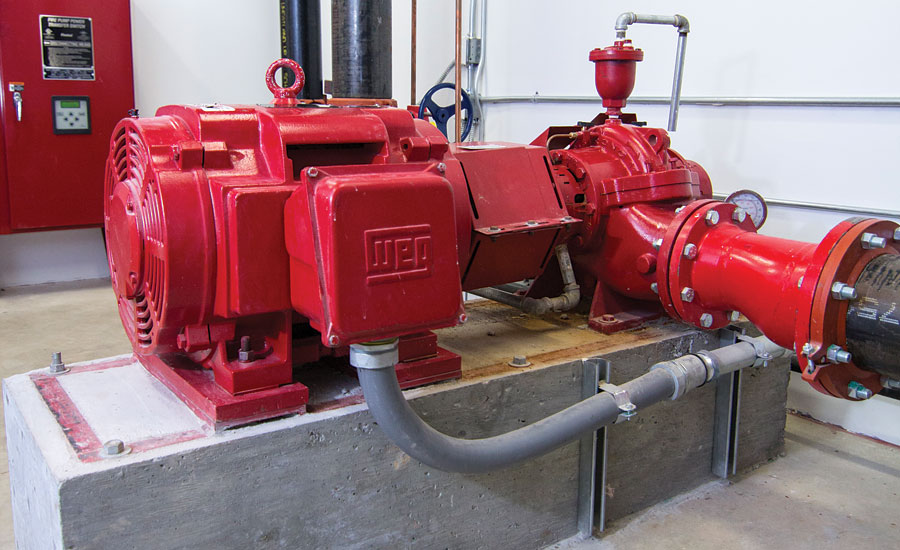
International Fire Code (IFC):
- Revisions/clarifications to two-way emergency responder communication system installations.
- Group R-1 and R-2 occupancy fire alarm and smoke detection systems must have 520 Hz low-frequency audible notifications.
- Automatic sprinkler systems required for some additional occupancies:
- Group F-1 fire area used for the manufacture of distilled spirits, regardless of the size (SF) of that fire area (903.2.4.2)
- S-1 fire area used for the bulk storage of distilled spirits or wine, regardless of the size (SF) of that fire area (903.2.9.3)
- Mechanical-access enclosed parking garages (903.2.10.2)
- The requirement for a fire pump to be supplied by no fewer than two water mains located in different streets has been expanded to include buildings of Type IV-A and Type IV-B construction that are more than 120 feet in building height. See section 914.3.1.2.
- Revisions to door opening forces. See section 1010.1.3.
- More stringent requirements for installation of sprinkler systems in high-rise structures that are not already equipped. (Local jurisdictions may vary in enforcing this.) See section 1103.5.4.
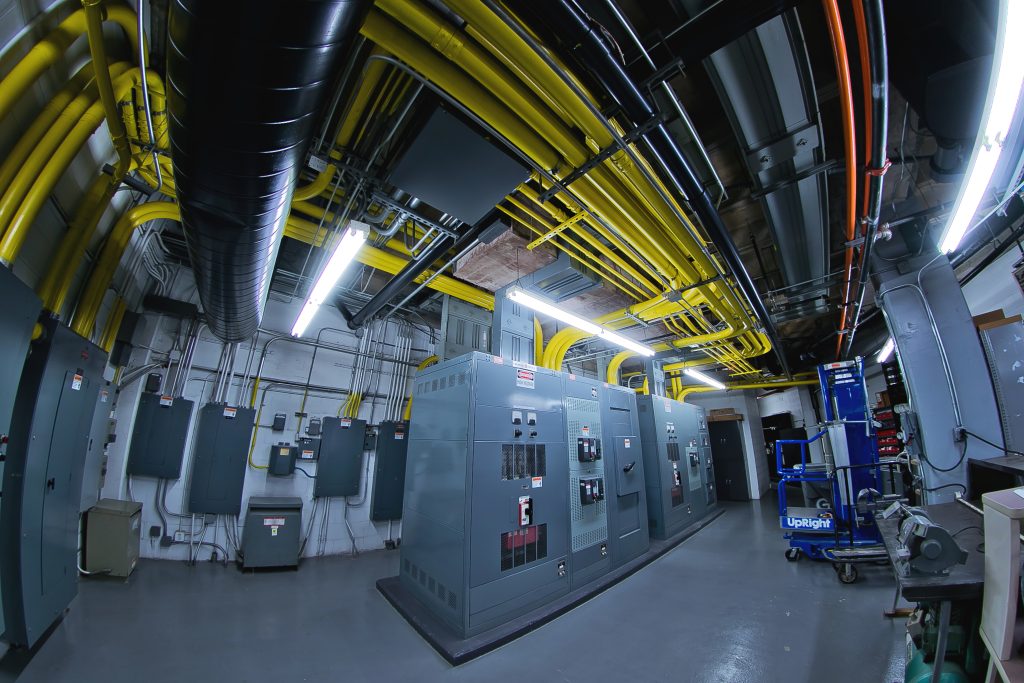
2020 National Electrical Code (NEC):
- A definition for “Reconditioned” was added. This affects many other articles in the 2020 codebook. It is addressing safety issues in reusing electrical equipment. Examples include reusing molded case circuit breakers, ground fault circuit interrupters, automatic transfer switches, switchboards, panelboards, etc. See Article 100.
- Working Clearances for large equipment. A switchboard, switchgear, or a combination of disconnects of 1200 amps and over six feet wide are considered large equipment according to 110.26. The new addition also includes the following “Open equipment doors shall not impede the entry to or egress from the working space.” These additional safety requirements for personnel may cause electrical rooms to be larger than in the past. See Article 110.26.
- Lighting loads for non-dwelling units. This section reduces the minimum lighting load power requirements per square foot. This section will allow service and feeder sizes to be reduced in some cases. This will not have an impact on projects with small areas. See Article 220.12.
- “Services” was added requiring all dwelling units to be provided with a surge protection device (SPD). This also applies when an existing dwelling unit has a service equipment upgrade. See Section 230.67.
- “Overvoltage Protection” was added. It combined articles 280 and 285 of the 2017 NEC. This article provides general requirements and installation requirements of surge protection devices (SPD’s). See Article 242.
When new codes are updated and adopted, we all need to spend some time identifying the requirements that will affect our projects. We hope that this summary helps identify some of the key points. If you have questions about the new codes and how they will impact building design and construction, please reach out to us.
